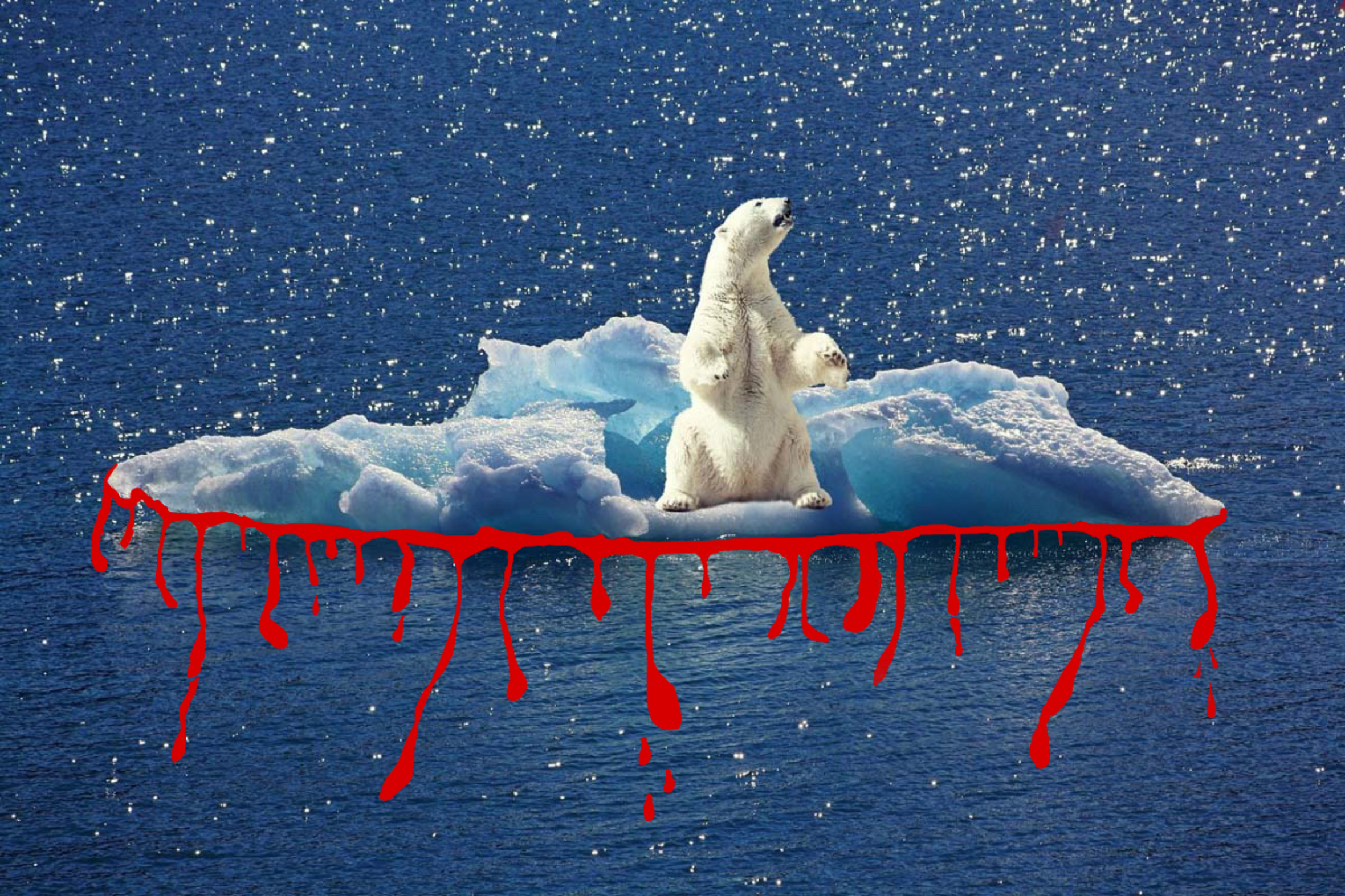
403
Sorry!!
Error! We're sorry, but the page you were looking for doesn't exist.
Antarctica’s Icy Resilience Wanes Amid Global Warming
(MENAFN) Antarctica, once considered a bastion of climatic stability, is now exhibiting troubling signs of vulnerability due to escalating global temperatures.
Experts are detecting heightened surface melting, faster-moving glaciers, and diminishing sea ice patterns that closely resemble those observed in Greenland, as highlighted by various media reports.
According to a study featured in Nature Geoscience, thermal increases at the South Pole are instigating substantial ice depletion in zones previously believed to be resistant to swift environmental shifts, reported the Ars Technica website.
“We thought it was just going to take ages for any kind of climate impacts to be seen in Antarctica,” it quoted Ruth Mottram, lead author of the study and ice researcher at the Danish Meteorological Institute. “And that’s really not true.”
Covering approximately 5.4 million square miles, Antarctica’s ice sheet stores enough frozen water to elevate worldwide sea levels by up to 190 feet (58 meters) if it were to completely thaw.
Even the West Antarctic Ice Sheet by itself harbors sufficient ice to cause sea levels to surge by over 10 feet.
A pivotal moment came with the disintegration of the Larsen B Ice Shelf in 2002 after experiencing exceptionally warm summers.
“We just couldn’t believe the pace at which it happened,” said Helen Amanda Fricker of the Scripps Institute of Oceanography.
Since the 1990s, ice loss in Antarctica has surged fourfold. This is largely attributed to weakened ice shelves that are no longer able to contain the flow of outlet glaciers.
Experts are detecting heightened surface melting, faster-moving glaciers, and diminishing sea ice patterns that closely resemble those observed in Greenland, as highlighted by various media reports.
According to a study featured in Nature Geoscience, thermal increases at the South Pole are instigating substantial ice depletion in zones previously believed to be resistant to swift environmental shifts, reported the Ars Technica website.
“We thought it was just going to take ages for any kind of climate impacts to be seen in Antarctica,” it quoted Ruth Mottram, lead author of the study and ice researcher at the Danish Meteorological Institute. “And that’s really not true.”
Covering approximately 5.4 million square miles, Antarctica’s ice sheet stores enough frozen water to elevate worldwide sea levels by up to 190 feet (58 meters) if it were to completely thaw.
Even the West Antarctic Ice Sheet by itself harbors sufficient ice to cause sea levels to surge by over 10 feet.
A pivotal moment came with the disintegration of the Larsen B Ice Shelf in 2002 after experiencing exceptionally warm summers.
“We just couldn’t believe the pace at which it happened,” said Helen Amanda Fricker of the Scripps Institute of Oceanography.
Since the 1990s, ice loss in Antarctica has surged fourfold. This is largely attributed to weakened ice shelves that are no longer able to contain the flow of outlet glaciers.

Legal Disclaimer:
MENAFN provides the
information “as is” without warranty of any kind. We do not accept
any responsibility or liability for the accuracy, content, images,
videos, licenses, completeness, legality, or reliability of the information
contained in this article. If you have any complaints or copyright
issues related to this article, kindly contact the provider above.


















Comments
No comment